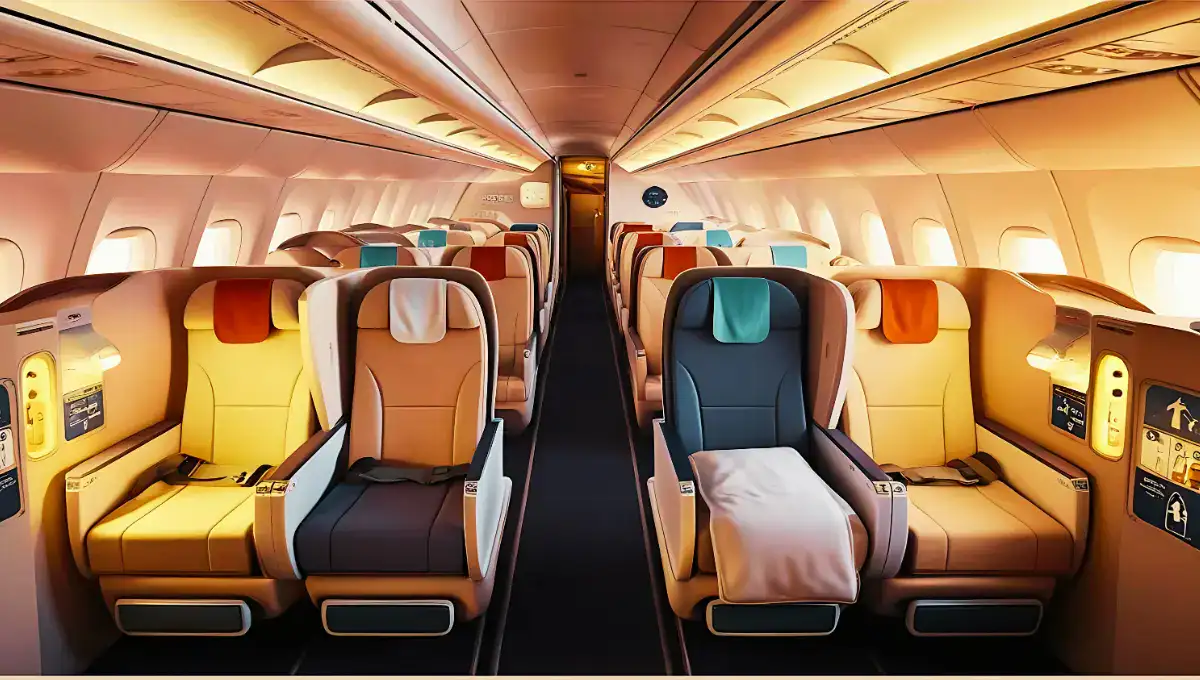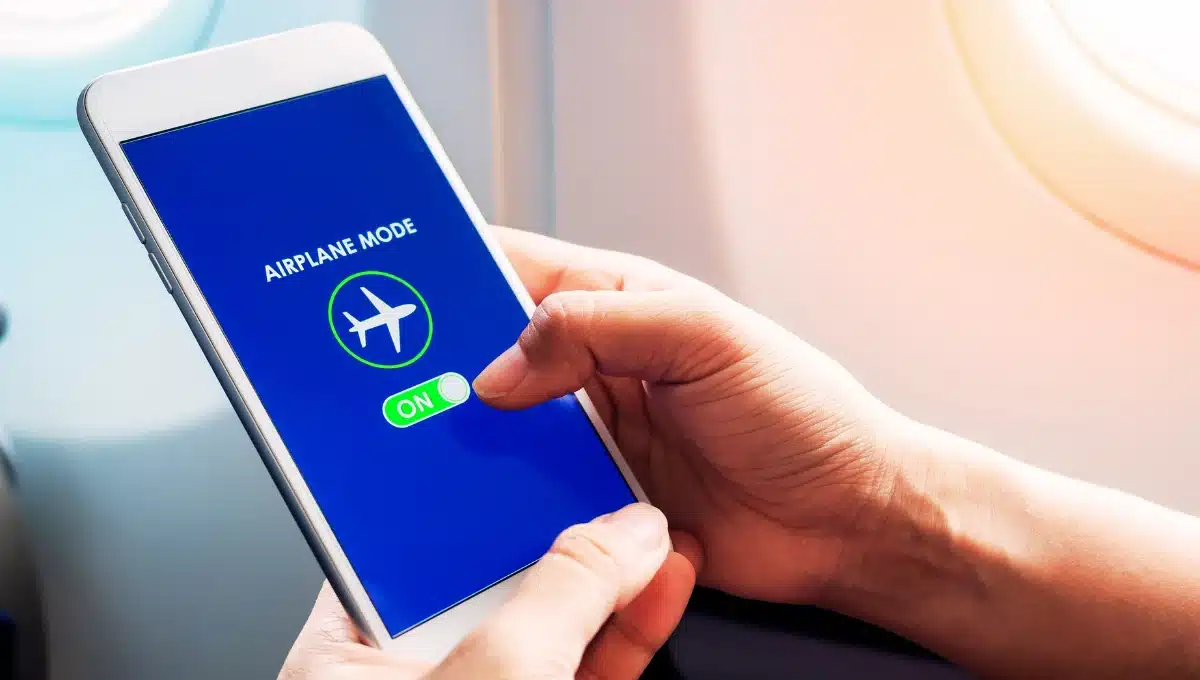Ever wondered which seat on a plane offers the safest chance of survival in an emergency? While flying remains the safest mode of transportation, this question often lingers in the minds of nervous and curious fliers alike.
Here’s the deal: Aviation experts and crash data suggest that the back third of the plane, especially the middle seats, may provide slightly better odds of survival. But there’s more to the story.
Let’s dive into the statistics, expert insights, and practical safety tips to help you make informed decisions for your next flight.
 What Do the Numbers Say About Seat Safety?
What Do the Numbers Say About Seat Safety?

- A 2015 Time magazine study analyzing 35 years of FAA data reveals that the back third of the plane had the lowest fatality rate of 32%, compared to 38% in the front and 39% in the middle.
- The safest seat? Middle seats in the back, with a 28% fatality rate. In contrast, aisle seats in the middle section had a higher fatality rate of 44%.
However, exceptions exist. For instance:
- During the 1989 United Airlines Flight 232 crash, survivors were mostly seated in the middle section.
- In the 1977 Tenerife disaster, most survivors were seated in the front of the Pan Am aircraft.
This variation highlights how specific crash circumstances affect survivability.
Expert Opinions on Seat Safety
Dr. Dan Bubb, aviation expert and former airline pilot, confirms that the rear of the aircraft is statistically safer. However, David Rimmer, a private aviation CEO and crash survivor, cautions that turbulence tends to be more intense at the back.
Pro Tip: If you’re a nervous flier, consider seats closer to the middle of the plane. While slightly less safe statistically, they provide a smoother ride and reduced turbulence.
Why Proximity to Exits Matters
Another factor influencing survival is your distance from an emergency exit. According to research by the University of Greenwich, passengers within five rows of an exit have a higher likelihood of successfully evacuating.
What You Can Do:
- Choose seats near functional exits for quicker evacuation.
- Count the rows to the nearest exit for better navigation during emergencies.
Practical Tips for Safer Air Travel
While seat selection can influence safety, your actions matter even more. Here’s how to enhance your odds:
- Pay attention to safety instructions during the pre-flight demonstration.
- Read the safety card in your seat pocket—it’s more helpful than you think.
- Locate the nearest exit and count the rows to it for visibility in smoke or darkness.
- Evacuate without grabbing belongings in an emergency. Your life is worth more than a carry-on.
Why Flying Is Still the Safest Option
- The odds of dying in a plane crash are just 1 in 8,000, compared to 1 in 112 for car accidents.
- According to the National Transportation Safety Board, between 2001 and 2017:
- 98.2% of passengers in aviation incidents survived with minor or no injuries.
- Only 1.3% of passengers were fatally injured.
So, while certain seats may slightly improve your odds, remember that flying is already extraordinarily safe.
Also Read: 11 Proven Tips for a Better Night’s Sleep on a Plane
Key Takeaways
- Statistically, the back third of the plane, particularly the middle seats, is the safest.
- Seats within five rows of an exit improve evacuation chances.
- Pay attention to safety instructions and prioritize quick, efficient evacuation.
Flying may stir some nerves, but with these insights and precautions, you can feel a little more secure the next time you board a plane.
Travel Smart: 12 Genius Tips for Booking Budget-Friendly Stays Without Regret 💡💸
What Really Happens If You Don’t Use Airplane Mode on a Flight? (The Truth Might Surprise You)


